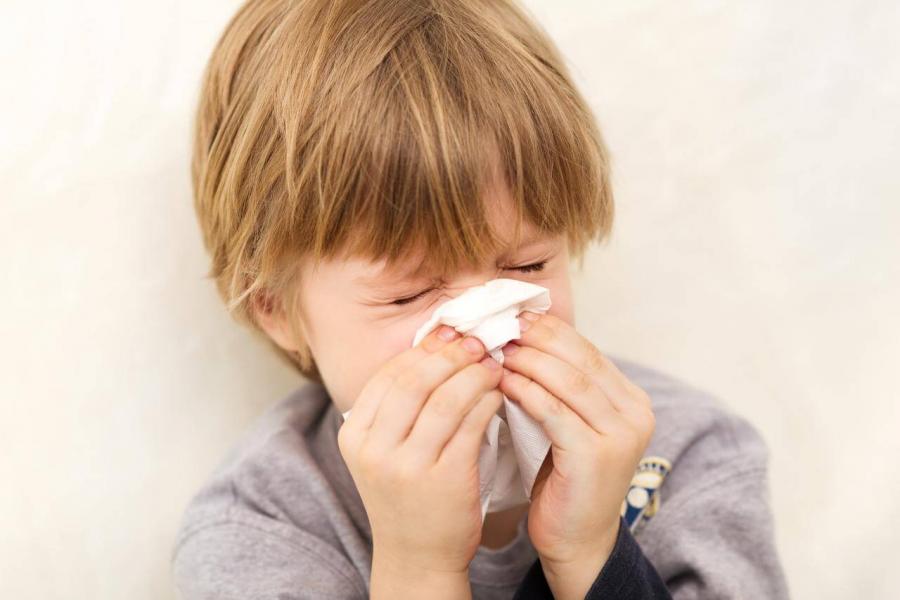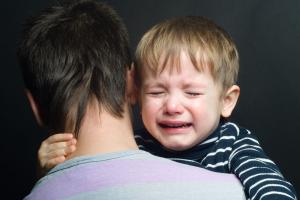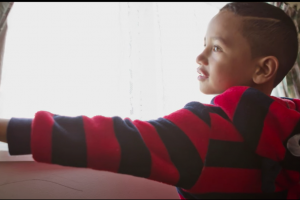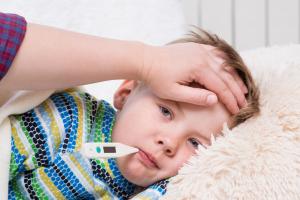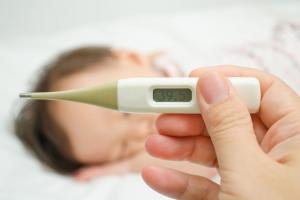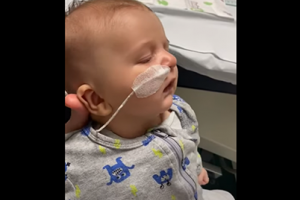Childhood Illness - The Basics
Healthy young children have up to 12 infections each year. These are a normal part of childhood. Find out when you need to see a doctor.
Colds and fever are a normal part of childhood. Sometimes families worry about missing a more serious illness. Knowing your child and seeing a change in their behaviour could be the most important clue to how sick they are.
Cleaning your hands gets rid of germs you pick up from other people. Keeping your hands clean is one of the best ways to keep from getting sick and spreading illnesses.
Keeping your whānau (family) healthy over winter means keeping your home warm and dry. Check out all the tips in the videos about how to keep your home warm and dry. Find out what support is available.
Fevers are common in children. Fever by itself does not tell you whether your child is seriously sick. Even an ordinary cold can cause a high fever.
The most common reason for a child to have a raised temperature is because they are fighting off an infection.
Watch the videos and know the signs and the different noises pēpi (babies) and tamariki (children) can make when they are having trouble breathing. That way you can act fast and get help.
Tamariki (children) and pēpi (babies) who are not responding and not breathing normally will need CPR.
Febrile seizures are a common childhood problem. They happen in tamariki (children) between the ages of 6 months and 6 years.
